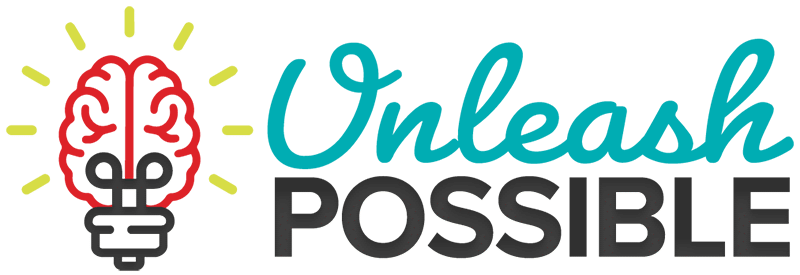7 Content Marketing Tools That Will Make You Rethink Your Tech Stack
As your content marketing efforts mature you will be under increased pressure to show ROI, grow your audience faster and churn out more quality content. There are a plethora of tools that claim to help us become more efficient.Below you'll find a summary of the seven categories of content marketing tools that can help you measure, organize and grow your content marketing program. Use this as a guide to narrow your focus.
1.Analytic Engines are platforms for building predictive models and identifying trends. You don’t execute campaigns within these tools, nor do you create content within them, but you use them as a basis for measurement and refinement. They are powered by feeding a database with a rich repository of information. For best results you need high volumes of data upon which you can conduct analysis and tech savvy marketers to evaluate the results. You should look at these if your content marketing efforts are mature and you require highly customized analysis based on your business model. To benefit you should already have the content creation process mastered, enjoy lots of volume (think millions of touch points), and have technical skills on staff. While you don’t need to be a data scientist to use these tools you need to think like one to make the most of their power.Examples: GoodData, Idio, Kiss Metrics, Lattice Engines
2. Content Optimization tools focus on a key component of the content creation process, writing, and queue authors to make improvements. Content optimizations can include everything from SEO best practices to grammar advice and brand compliance. You should look at these if you find yourself adding keywords or updating branded terms in most articles submitted. Content optimization tools can make you more efficient if you already have a structured editorial process and workflow but the quality of writing submitted is lacking consistency.Examples include: Acrolinx, Moz, Optimizely,Grammarly
3.Content Creation Services are not about technology, but they can help you scale and I'd be remiss if I didn't cover them. Content creation services are agencies or individuals that you can hire to ghost write all kinds of content. Given the volume of content they develop, content creation experts often provide content strategy services in addition to writing & design. You should look at these if your team has great ideas and simply no time to write.Examples of the wider networks include Skyword and WriterAccess and of course there are tons of quality freelancers available such as Kwame , Stephanieand Patrick.
4.Curation Platforms make the act of finding, organizing and contextualizing content created by other brands or individuals easy for marketers to integrate into their own online channels. You should consider these if original content creation is not your blocking obstacle but you are looking to increase the volume of assets shared in newsletters or in content hubs. Although they don't help your audience find you, they are a good fit for increasing visit duration and engagement on your website or other content hubs. To make the most of curated content be sure you already have a sizable audience and that the theme is broad enough to find lots of published materials from which to choose. Keep in mind curated content is not likely to improve your SEO efforts since the original source gets most of the search mojo. Examples include Curata, Newscred, Storify , ScoopIT
5.Project Management Tools make organizing tasks their primary objective. Idea sharing, editorial calendars and assignments are managed within these tools. While no content creation or measurements are part of these solutions they are used by highly disparate teams to remain aligned around shared deliverables. You should look at these if you’ve got a small team that you want to stay connected and have alternative means for measuring the effectiveness of content assets. They are most effective for teams that regularly work on tasks together but can be difficult for the casual contributor to learn ad hoc.Examples include: Basecamp, iMeet Central, Trello
6. Content Distribution Tools focus on the publication of content on a wide range of social & digital channels. Many coordinate across channels for integrated campaigns and allow for the tracking of keywords and social listening. Look into these if you are looking for new ways to reach your audience and to expand the number of content formats you support.Examples you probably know for social include: Hootsuite, SproutSocial, Sysomos, Sprinklre. There are also tools that help you build interactive hubs: Ion Interactive, Uberflip, SnapApp. And of course we can’t forget presentation oriented tools such as On24, SlideShare, ClearSlide
7. Lifecycle Content Marketing Systems are our last category. They manage the full lifecycle development, distribution and measurement of original content. These tools are fully integrated collaborative solutions for content analytics, building an editorial calendar, automating workflow, content optimization and sometimes social content distribution.This classification of tools is particularly helpful if you find yourself considering tools from more than one of the other categories. You should consider these if your team is reaching readership plateaus despite a steady cadence of blog posts and other content, you have a growing team you need to stay connected, and/or you are spending a lot of time editing work submitted.Examples include Kapost, Oracle Marketing Cloud, Percolate, ContentTools, Curata

